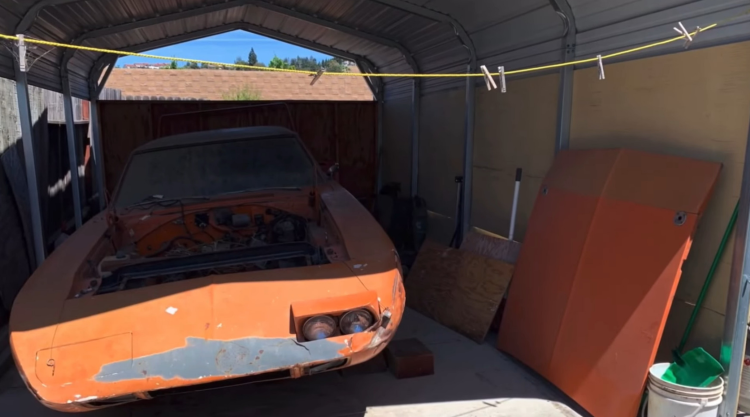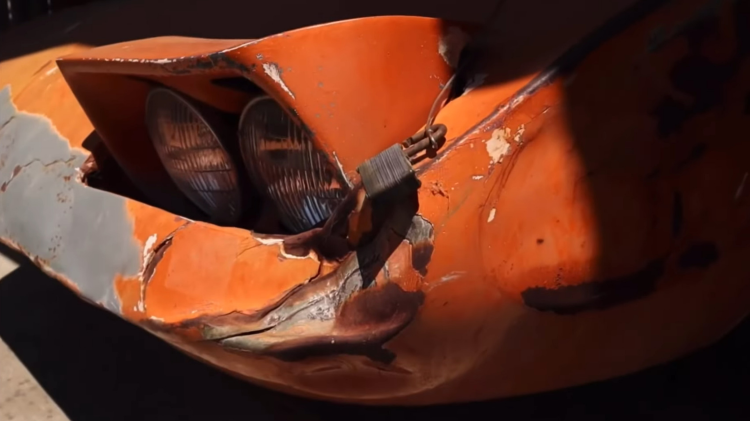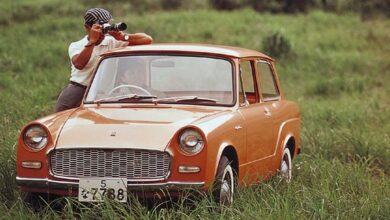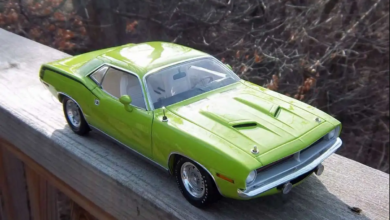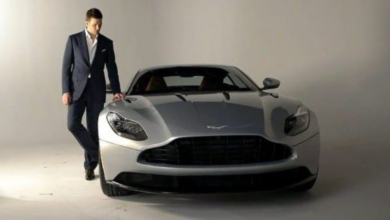1970 Plymouth Superbird Barn Find Sitting For 30 Years Shows Street Racing Scars
It’s amazing how some of the rarest and coolest American cars can still be found sitting in barns, covered in dust. And that’s the case with this 1970 Plymouth Superbird that’s just been spotted sitting since 1992. The condition isn’t great, with plenty of dents and paint fading, but there’s a reason for that.
Dodge wanted to win big in NASCAR and so it tried a new form. The 1969 Dodge Charger Daytona was born and in 1970, the act was followed up by the 1970 Plymouth Superbird. The Dodge is based on the Charger and the Plymouth on the Roadrunner, but both of them received the trademark pointy nose design and oversized rear wing.
Because of regulations, road cars had to be made too, but they weren’t popular. Dodge only sold about 500 examples while the Superbird managed about 1,900. Because they were expensive and didn’t look like normal muscle cars, these things sat on dealer lots for months or even years.
And that’s the case with this example of the Superbird, which was bought brand new by its current owner in 1971, a year after being made. The guy was a passionate street racer and adrenaline junky, so the winged worrier saw a lot of use. As you’ll see in this DezzySspeedShop, she’s taken quite a lot of damage with rust already taking over in the nose and the rear quarter.
The underside is also a little rusty after sitting outside for 30 years. And yes, 1992 was 30 years ago. Feel old yet? It’s a shame that such a desirable car has gotten into this state. However, barn finds are almost always a little sad. You know there’s a guy who wanted to enjoy his favorite car but can’t for some reason.
The retired street racer did get a lot of use out of his Superbird, as evident in the worn-out front seats. The original engine also had to be replaced.
1969 Daytona vs 1970 Superbird: What’s the difference?
Most 1970 Superbirds came with the 440 Super Commandos or 440 six-packs rated at 385hp. And this example apparently comes with some kind of a replacement 440 with custom covers “cop car headers” and a 4-speed. Of course, there was also the HEMI 426 option, but they made less than 100 of those.
Both the Plymouth and the Dodge models come from Chrysler’s stables and look similar at first, but there are obvious differences. At the front, the Daytona has a small grille right on the tip of the car. The Superbird’s grille is underneath.
Also, the wings are different. The Daytona’s wing is more verticle and measures 17 inches at the base. Meanwhile, the Road Runner received a slanted wing with a base that is 22 inches long. The owner of the barn find talks about how the bolt that holds it to the chassis (in the trunk) is stuck.
The nose of the Superbird is real metal; that’s why it’s rusted. But the headlights are fiberglass and shared between the two cars. Superbirds also have vinyl tops. Plymouth was making about 4 times as many cars as Dodge and didn’t have time to get the paint job perfect for the roof, which had to be modified from a regular car.

